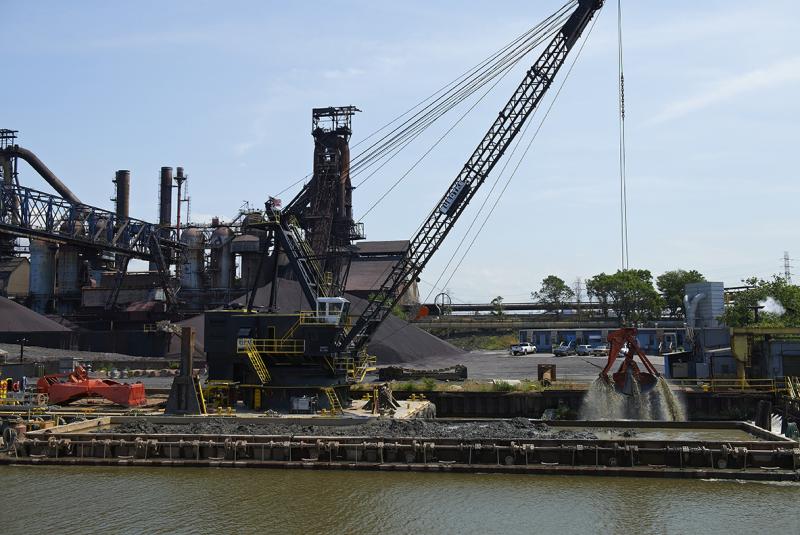

Ponds reach this point from years pond chemical treatments, algae blooms, and/or neglect. Pond dredging sometimes becomes necessary when pond depth becomes too shallow for the pond to be self-sustaining. One more thing that's always the same: Dredging your pond is very expensive.

This process can be done in a couple different ways, but each process has the same end goal: Other uses for dredged sediment is capping landfills or brownfields, transforming dredged material into lightweight aggregate, reclaiming lands damaged by sands, coal mining, and gravel manufacturing brick or block, producing manufactured topsoil, enhancing degraded farmland, and creating fill for construction projects.Pond dredging in Newark, OH is the process by which pond muck, sediment, and sludge that has built up over time is removed by a machine. They caton characterize soil blends based on their chemical and physical makeup which allows scientists to create tailored products using the dredged material as the primary ingredient. One of the most creative ways the sediment is being repurposed is through creating custom soil blends to use in construction and landscaping. The state is now funding a way to repurpose the sediment through pilot projects. In Ohio, the Army Corps of Engineers dredges enough sediment to fill 220,000 dump trucks twice each year from the Cuyahoga River. In fact, as much as 50 percent of dredged Great Lake Sediment is deposited in the open lakes. waters every year, but where does all the sand, salt, and silt go?Ĭurrently, much of the sediment is stored in containers or dumped into open waters. According to a report by Madeline Urbish, a Senior Public Policy Advisor, billions if not trillions of cubic yards of sediment are removed from U.S.


 0 kommentar(er)
0 kommentar(er)
